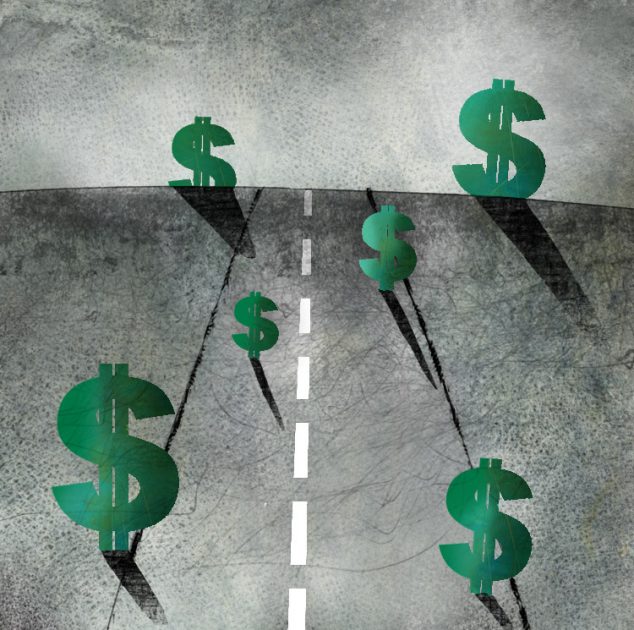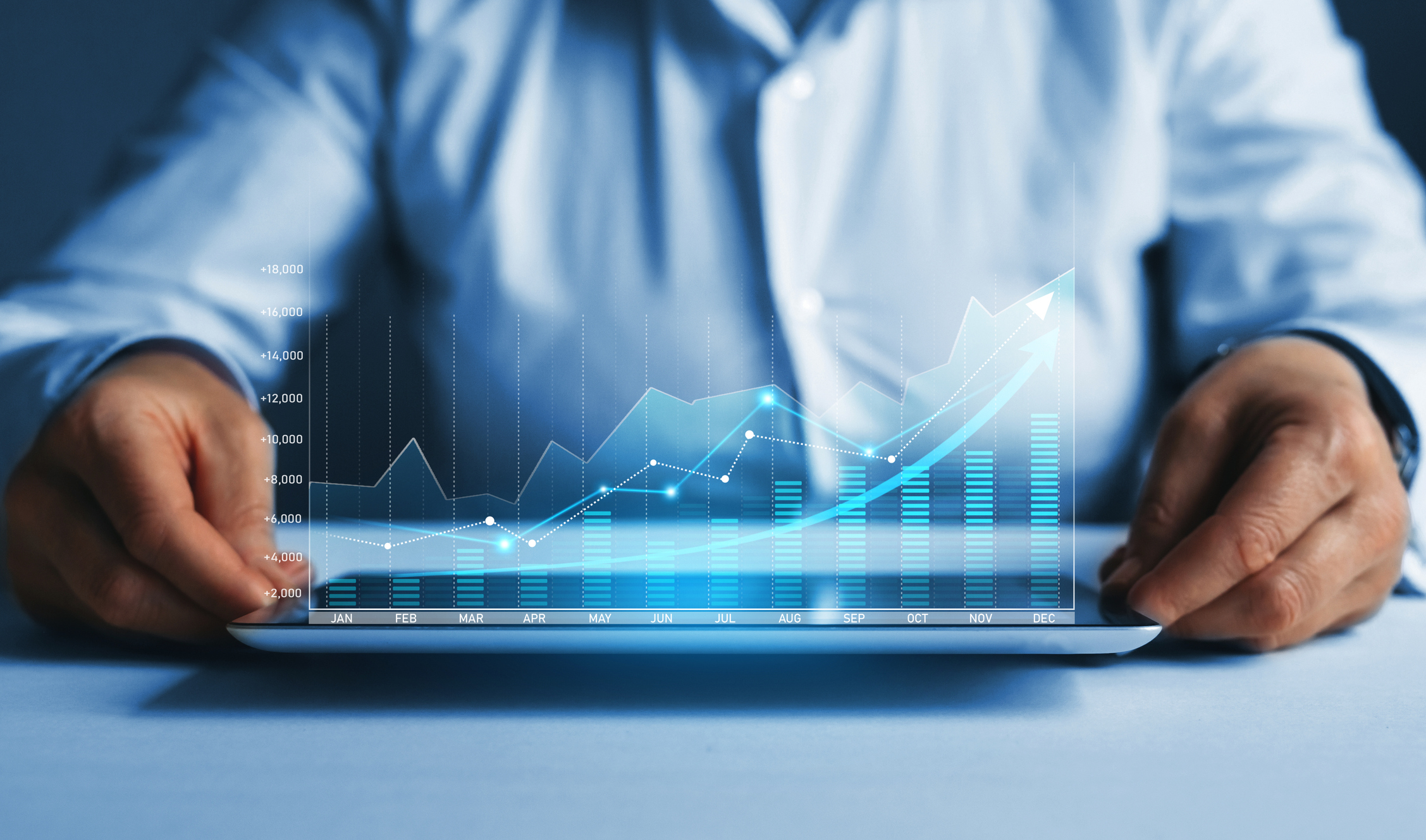Tesla Deserves an A for Its Financial Management

Now that Tesla plans to be a part of the “payout club”—that is, those people organizations
that pay out dividends and repurchase their shares—it is time to evaluate the
company’s economic management. And despite the enormous decrease in its
inventory cost this year, Tesla scores hugely on this professor’s
take a look at. Musk really should be commended for becoming in the position to even think
about buybacks at this position. When it arrives to its financials, Tesla is a
straight A pupil.
It is difficult to believe that that Tesla is even entertaining a share repurchase. It feels as if it was only yesterday that Tesla was desperate for hard cash. In 2017, Tesla burned $1.4 billion in the past quarter of the calendar year. A witty Bloomberg headline reported it all: “Tesla Doesn’t Burn up Gas, It Burns Income.”
But things have altered. Tesla reached a nadir in 2017, with a web loss of $2.2 billion, which flipped to a internet financial gain of $721 million in 2020 and $5.5 billion in 2021. And when the annual quantities are not nevertheless accessible for 2022, Tesla claimed a web profits of above $5.5 billion in the to start with six months of 2022—surpassing its revenue in the entire yr of 2021. The growth in Tesla’s internet revenue was pushed by its means to move up its operations, largely by scaling up the generation of Tesla’s most effective seller, the Design 3. Automotive product sales grew from $8.5 billion in 2017 to $19.4 billion in 2019 to $44.1 billion in 2021. And regardless of cash expenses of a lot more than $6. billion, Tesla experienced a free of charge funds movement of above $3.5 billion in 2021.
In 2018 traders ended up worried about Tesla’s sizeable indebtedness, which at the time totaled about $12. billion in superb credit card debt. But Tesla was capable to switch its money melt away into a cash churn and then used the hard cash to redeem its optimum-paying financial debt. For case in point, in 2021 Tesla redeemed $1.8 billion in combination principal of the 2025 Notes (7-calendar year bonds issued in August 2017 that compensated at 5.3 per cent.) As a consequence, by the conclude of 2021, Tesla’s debt declined to $6.8 billion, even though its funds holdings jumped to $17.6 billion! In simple fact, Tesla’s internet debt—that is, its whole financial debt minus cash—is detrimental at -$10.7 billion, which usually means that Tesla can spend its financial debt in whole and still have far more than ten billion pounds still left on its equilibrium sheet: a lot more than sufficient for a major share buyback.
Tesla made some savvy economic decisions early on. Starting in 2013, Tesla has financed its growth and growth using convertible credit card debt, or bonds that can afterwards be converted into common inventory if the inventory price tag appreciates ample. It issued $600 million pounds of convertible bonds in 2013, $2 billion dollars’ truly worth in 2014, $850 million worth in 2017, and an additional $1.6 billion worth in 2019. At the time, Tesla was the poster kid of convertible bonds and was in a position to get away with providing its traders a pretty minimal coupon. For case in point, its 5-12 months convertible bond issued in February 2014 was capable to catch the attention of buyers with a coupon as very low as .25 p.c! Investors agreed to all those extremely-low coupon premiums since they have been captivated to the risk that they could transform the bonds into shares if Tesla’s stock cost appreciated more than enough. However, holders of the convertible bond with a coupon of .25 per cent bought unfortunate: they noticed their bonds experienced when Tesla’s inventory cost fell way down below the conversion cost of $359.87. But every little thing labored out nicely for Tesla, which was ready to raise capital at only .25 percent with no want to dilute its equity.
Tesla also employed some unconventional procedures to improve its liquidity. By getting deposits from customers who requested largely Product 3s, Tesla was ready to monetize the tolerance and goodwill of its prospects. These deposits, which amounted to $925 million by the stop of 2021, provide as desire-free loans, enabling Tesla to kill two birds with a person stone: maximizing its liquidity even though assisting to improve the commitments of Tesla’s loyal fans. And in new yrs, Tesla has made use of innovative funding these types of as automotive asset-backed notes. People are bonds secured by Tesla’s fleet of Design 3, Product S, and Design X cars beneath leases. Simply because of the security provided by the leases and other credit enhancements, Tesla was equipped to get absent by having to pay a pretty very low produce of .56 percent on its most senior secured note.
Tesla is dealing with expanding competitiveness in the EV room, which will likely erode its margins, and the risk of a economic downturn is looming more than all automakers. But Tesla is in a robust fiscal position, with a heritage of monetary shrewdness and a proven record. Apple built its initially share buyback in March 2012, almost 32 years following its first public giving (IPO) in December 1980. Tesla had its IPO in June of 2010 and plans to acquire back again its shares only twelve years later. Tesla’s powerful liquidity placement and reasonably tiny debt acquired the business a credit-score enhance to BBB by the S&P, but its ranking should really be even larger. Tesla will get a incredibly good A for economic management—at the very least on my test.
*
This write-up originally appeared in Forbes.





